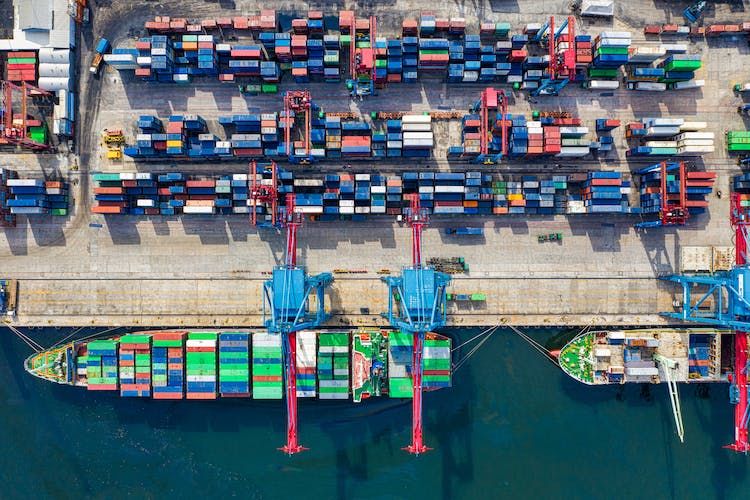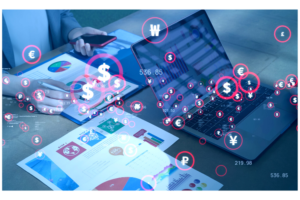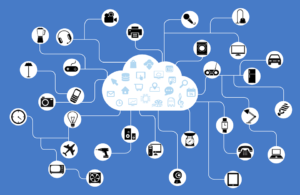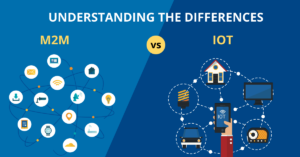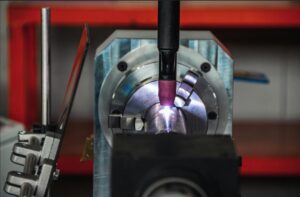Artificial intelligence (AI) has come a long way from its origins in science fiction and novelty robots. Even now, with AI already changing how various industries work, experts believe humanity is only barely scratching the surface of what it can offer.
While it’s fair to say that supply is not yet meeting the demand for artificial intelligence, many industries have benefited from AI and will continue championing its development.
Health Care
AI has revolutionized health care in ways that were previously unimaginable. Machine learning algorithms can now predict disease outbreaks, analyze complex bioinformatics datasets and assist in drug discovery.
Furthermore, algorithms can now precisely diagnose diseases, sometimes surpassing experts. Wearable devices monitor vital signs in real time and alert users and medical professionals to irregularities. AI also powers robotic surgeries, offering higher precision and reduced human error.
For instance, a startup called PathAI uses machine learning to assist pathologists in detecting diseases with tissue slides. Its AI solutions aim to increase accuracy in disease diagnosis, ensuring patients receive appropriate treatments faster.
Finance
The finance sector has always been data-driven, and AI has enhanced its analytical processes. Automated trading systems can analyze market trends and execute trades at superhuman speeds.
“AI-driven chatbots and virtual assistants cater to customer inquiries, while fraud detection systems use advanced algorithms to detect irregular transactions, ensuring security and trust in financial operations.”
For example, JPMorgan introduced COIN (Contract Intelligence), an AI system that interprets commercial loan agreements. Previously, this task took legal staff thousands of hours. The COIN software completes the job in seconds with fewer errors.
Retail
AI in retail is all about enhancing customer experience and optimizing supply chains. Virtual rooms powered by augmented reality (AR) and AI enable customers to try products virtually.
Predictive analytics ensures stores are stocked with needed products. Personalized shopping experiences — where AI analyzes a customer’s preferences and suggests products — are becoming standard.
Beauty retailer Sephora launched a Virtual Artist feature in its app, using augmented reality and AI. Customers can virtually try on thousands of lipstick shades, eyeshadows and lashes before purchasing, enhancing the shopping experience.
Agriculture
Precision agriculture employs AI-driven robots and drones to monitor and maintain crops, ensuring optimal yields. Machine learning models predict disease outbreaks or pest infestations and suggest corrective measures. AI aids in forecasting crop yields and determining the best times for planting and harvesting.
Blue River Technology, a subsidiary of John Deere, developed a robot called “See & Spray” that uses machine learning to recognize and target weeds, spraying them with a precise amount of herbicide. The machine optimizes chemical use and saves costs.
Automotive
Self-driving cars are no longer a dream. AI systems process vast amounts of data from sensors in real time, making split-second decisions that can avoid accidents.
These systems constantly learn from vast datasets, improving their driving capabilities over time. Moreover, AI-driven predictive maintenance alerts drivers to potential issues before they become major problems.
For example, Tesla cars have an advanced driver-assistance system called autopilot. Sensors, cameras and AI algorithms offer features like lane centering, adaptive cruise control and even full self-driving in certain conditions.
Entertainment
AI is changing how people consume content, from personalized recommendations on streaming platforms to AI-driven game design wherein the game evolves based on the player’s style.
“Additionally, movies now use AI for post-production editing, special effects and even creating lifelike characters.”
Netflix uses sophisticated machine learning algorithms to analyze its subscribers’ viewing habits and preferences. It provides tailored recommendations based on this analysis, enhancing user engagement and ensuring viewers find the content they’ll enjoy.
Manufacturing
AI-powered robots have optimized assembly lines, ensuring precision and efficiency. Predictive maintenance powered by AI reduces downtime, while quality control AI systems consistently provide products that meet set standards. Smart factories, driven by the Internet of Things (IoT) and AI, adapt in real time to changes in demand or production.
Siemens leverages AI to optimize its factories and warehouses. In one of its plants, AI systems monitor variables — like temperature and humidity — affecting specific alloy production. The system then predicts when a production anomaly is about to occur, allowing for real-time adjustments.
How AI Is Reshaping the Business Landscape
Integrating AI into the business landscape is shifting how organizations operate, compete and deliver value. AI analyzes vast datasets quickly and efficiently, providing insights that were previously unattainable or time-consuming.
Retailers and logistics companies use various AI tools to predict supply chain disruptions, optimize inventory levels and enhance logistics planning. This reduces costs and improves resource utilization.
AI-driven analytics help businesses make informed decisions, identify patterns and anomalies, and forecast trends more accurately. Companies can offer tailored consumer experiences, from personalized marketing messages to customized product recommendations. This level of personalization improves customer engagement, loyalty and sales.
Robotic process automation — powered by AI — can handle repetitive tasks, reducing operational costs and human error. This boosts efficiency and frees human resources to focus on more strategic, creative endeavors.
AI-driven chatbots and virtual assistants are available round-the-clock to address customer queries, offer solutions and guide users, enhancing customer experience and satisfaction. AI also opens avenues for innovative business models. For instance, people can use subscription-based services, AI-driven marketplaces and consultancy.
HR departments use AI for tasks like screening resumes, predicting employee attrition and gauging morale. AI can help create more diverse and effective teams.
Is Supply Finally Meeting Demand?
Businesses that adapt and innovate with AI will likely find themselves at the forefront of their industries. Conversely, those who are slow to embrace it might be outpaced by more agile competitors. The future of business, in many ways, will be intertwined with the evolution and application of AI.
Established AI tools and software are not yet meeting the demands of various industries. More sectors will need AI to streamline their business processes — indicating an increasing demand for more advanced tools in the near future.

